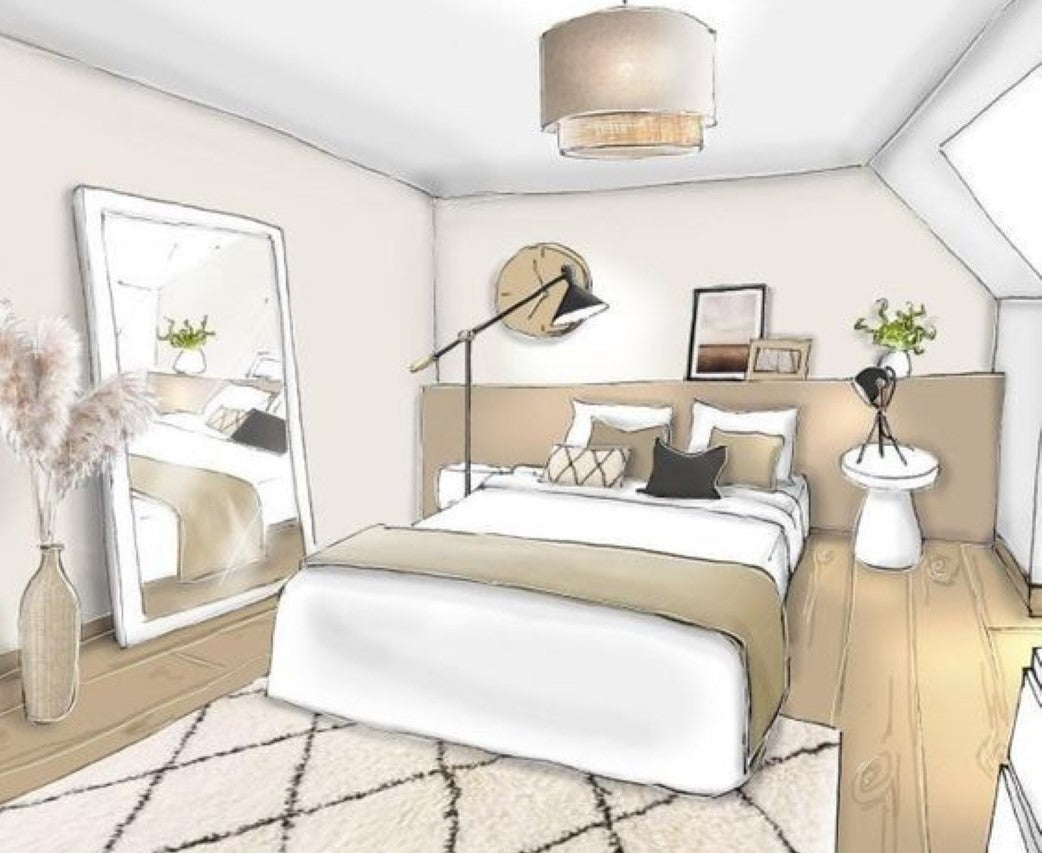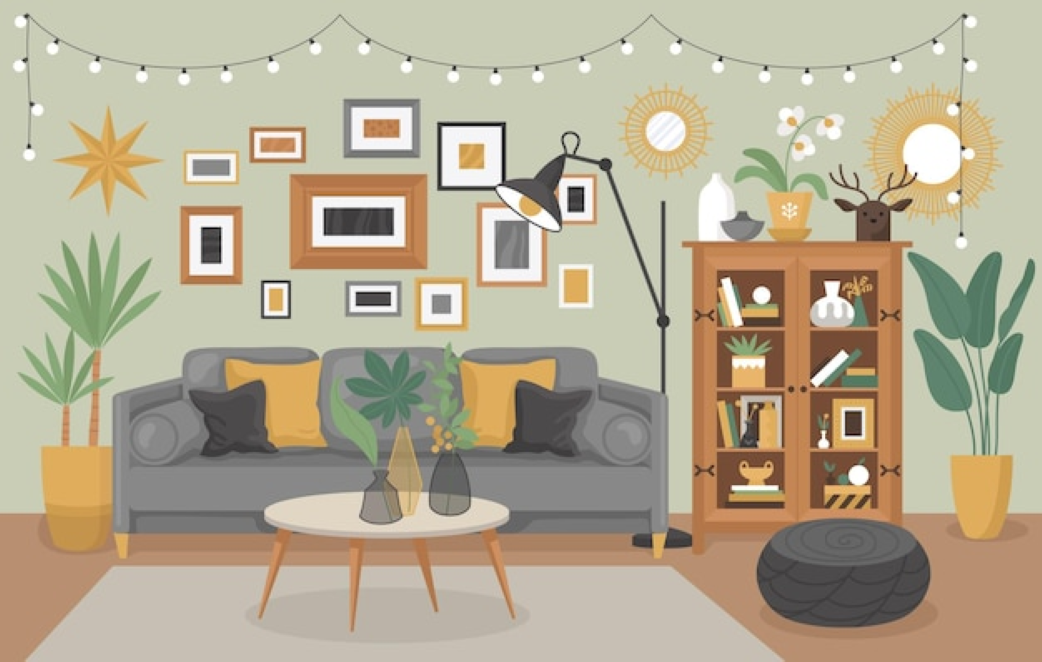Imagine a home that not just looks beautiful but feels inherently balanced and calming. This is the essence of Vastu, an ancient Indian architectural and design philosophy that emphasizes the harmonious relationship between humans and their environment. By incorporating Vastu principles into your interior design, you can create a space that promotes positive energy flow, fosters well-being, and reflects your unique style.
Vastu Shastra, literally translating to "science of dwellings," is an ancient system of knowledge that emphasizes the connection between the built environment and the natural world. It aims to create living spaces that resonate with the five basic elements (earth, water, fire, air, and space) and directional energies, ultimately promoting well-being and prosperity.
Here are some key principles of Vastu that can be applied to interior design:
- The Power of Direction: Vastu places significant emphasis on cardinal directions. The ideal placement of rooms within your home is based on their specific functions. For example, the northeast is considered the most auspicious zone, ideal for the puja room or study area. The southwest zone is associated with stability and relationships, making it a good choice for the master bedroom.
- Balancing the Elements: Vastu recognizes the importance of the five elements in creating a harmonious living space. Earth elements like natural stone or clay can be incorporated through flooring or decorative objects. Water elements like fountains or aquariums symbolize flow and purification. Fire elements, represented by the color red or the use of candles, should be used sparingly. Air elements can be encouraged through proper ventilation and open spaces. Space itself is considered the most important element, as it allows the other elements to flow freely.
- The Energy Grid: The Brahmasthan The center of the home, known as the Brahmasthan, is considered the energy center of the dwelling. Vastu emphasizes keeping this area free of clutter and furniture to allow positive energy to flow freely throughout the space.
While Vastu principles provide a framework, they are not meant to be rigid rules. Here's how to incorporate them into your interior design to create a balanced and personalized space:
- Entrance Matters: Your entryway is the first impression of your home, so ensure it's clutter-free and well-lit. A welcoming doormat and a small plant can enhance the positive energy flow.
- Living Room Harmony: The living room is a space for relaxation and socializing. Arrange furniture to promote conversation, with the seating facing northeast or east. Utilize natural light and incorporate calming colors like greens and blues.
- The Kitchen as a Source of Nourishment: The kitchen symbolizes sustenance and well-being. Position the stove in the southeast corner, which is associated with fire energy. Opt for light-colored cabinets and incorporate natural materials like wood or granite countertops.
- Bedroom Bliss: The bedroom is a place for rest and rejuvenation. Position the bed with the headboard against a north or east wall. Avoid placing electronics near the bed, as they can disrupt sleep. Opt for calming colors and soft lighting to create a peaceful atmosphere.
Vastu is more than just about aesthetics; it's about creating a space that supports your overall well-being. Here are some additional considerations for a truly harmonious living environment:
- Declutter and Cleanse: Clutter can stagnate energy flow. Regularly declutter your space and incorporate natural cleaning products to maintain a sense of purity.
- Embrace Nature: Bring the outdoors in with indoor plants, natural light, and natural materials like wood and cotton. Nature has a calming and grounding effect.
- Mind Your Materials: Consider the materials used in your furniture and décor. Natural materials like wood, cotton, and wool are believed to promote positive energy flow.
- A Space that Reflects You: Remember, Vastu principles are a guide, not a rulebook. Incorporate elements that resonate with you and personalize your space to reflect your unique style and preferences.



Leave a comment
This site is protected by hCaptcha and the hCaptcha Privacy Policy and Terms of Service apply.